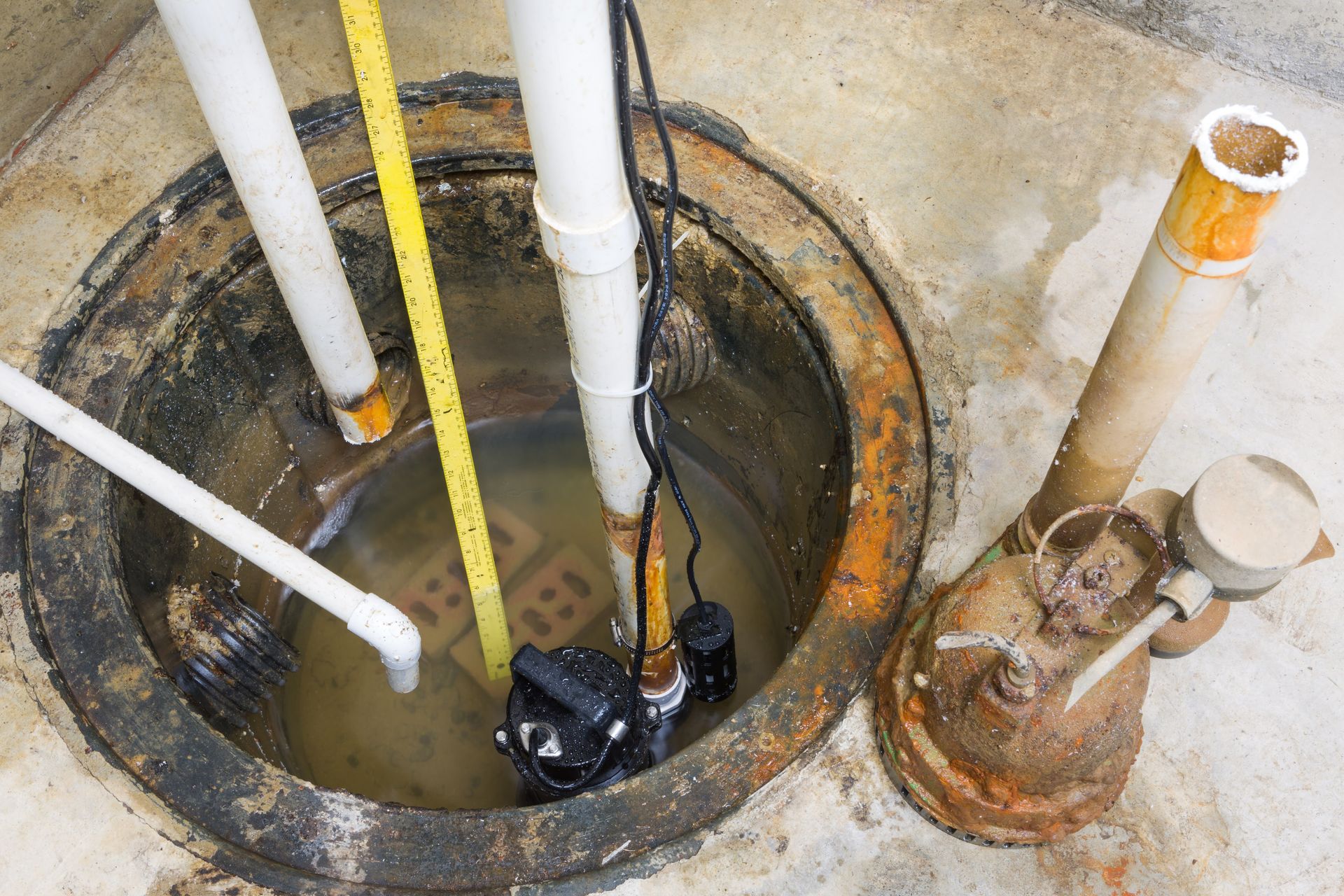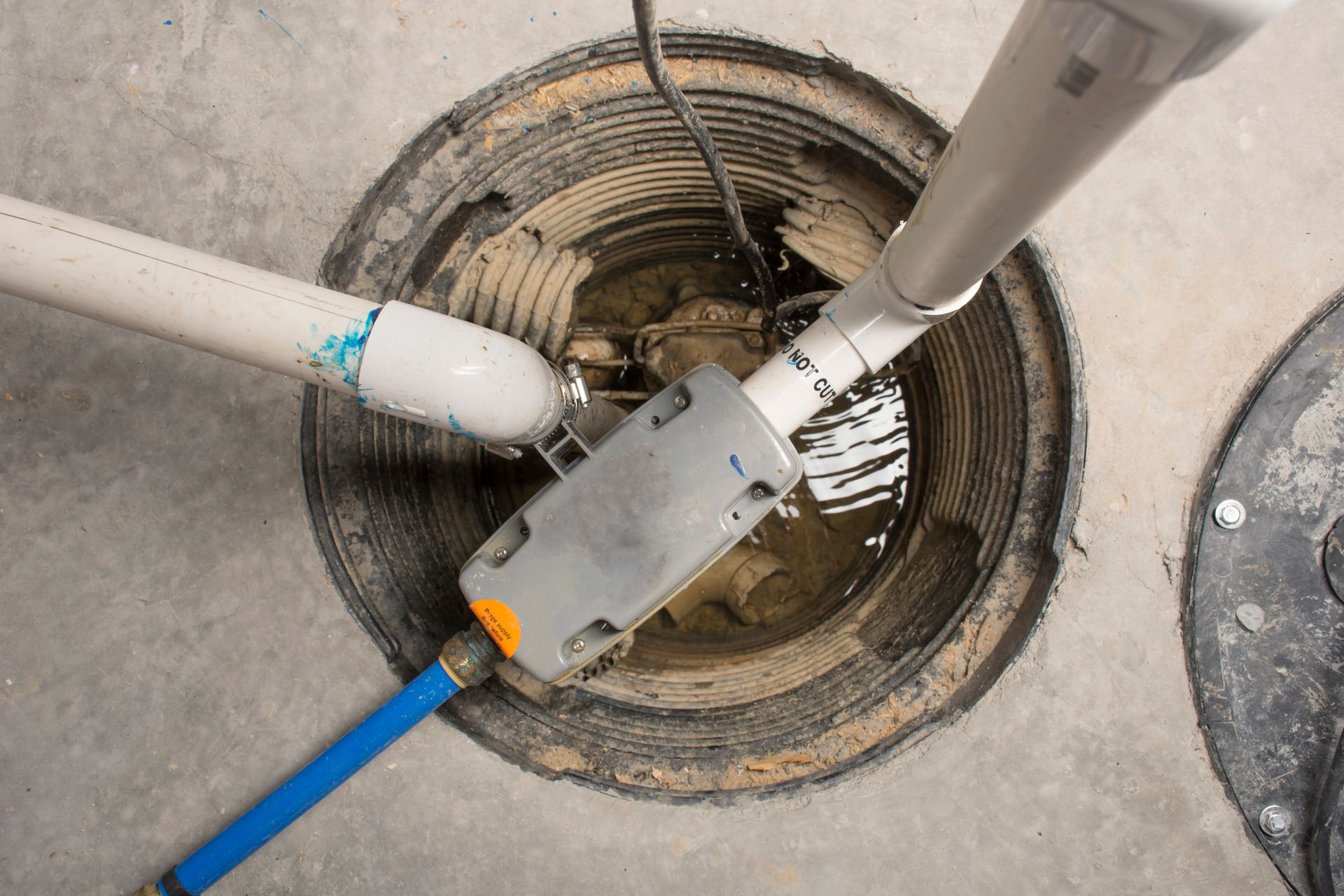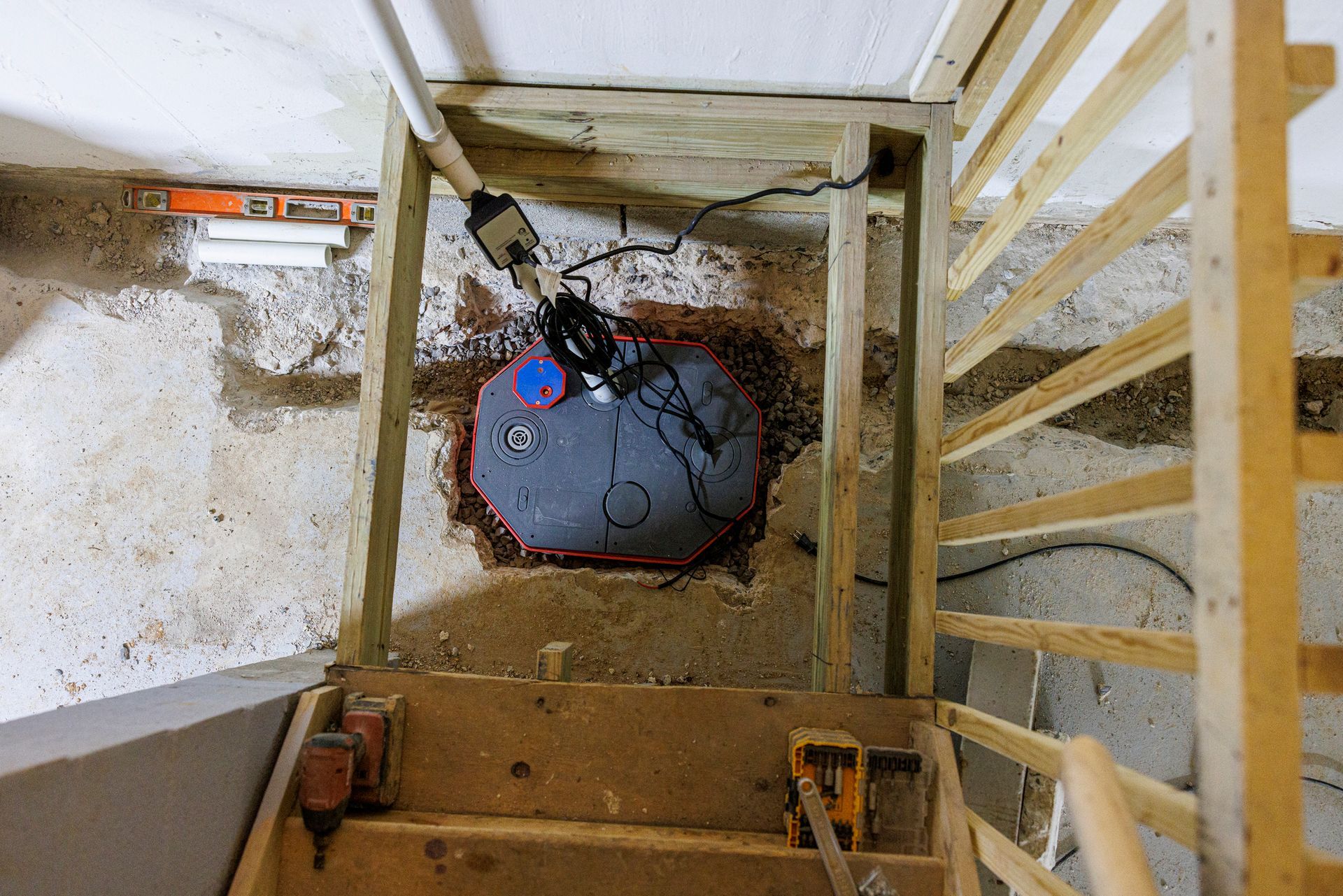4 Reasons Why Your Sump Pump Might Develop Problems

Basement waterproofing is an essential investment for any homeowner. It ensures the longevity of your property by strengthening the foundation and keeping moisture at bay. However, this effective method of safeguarding your home heavily depends on your sump pump.
But what happens when this device starts to falter? Let's delve into four key causes of potential impairments to your sump pump that threaten your basement's waterproofing.
1. Clogs
Sump pump failure frequently results from clogs, which, if left unattended, can result in expensive repairs. When tiny bits of organic matter, like leaves or twigs, get stuck in the pump, it causes a debris clog, which is among the most prevalent kinds of jams. This could lead to the pump breaking down since it cannot move water efficiently.
Sump pumps can also develop clogs in the drain or discharge pipe. The pump can break down if the water backs up because the pipes that drain the water become clogged.
Another cause of sump pump failure in the winter is a clogged or frozen output line. The pump will not work if the water cannot leave the house through the discharge lines due to freezing or blockage.
Clogged input screens are another potential source of blockage. When the pump's screen gets clogged with dirt, it makes it work harder, increasing the risk of overheating and failure.
2. Overwork
Overworked sump pumps may fail to carry out their intended function of removing water from underground and crawl spaces. The sump pump's size may commonly cause overwork and failure. An improperly installed or inadequately sized pump has to work more to maintain the water flow, shortening its lifespan.
A single pump might also be inadequate to remove the excess water in your basement altogether. If you live in an area prone to floods or heavy rains, consider getting a second, more powerful sump pump.
3. Improper Installation
Carefully implementing the manufacturer's directions is a key part of a proper installation. To get the most out of your sump pump, follow the manufacturer's instructions to the letter. You risk future pump failure if you do not follow these guidelines.
Putting a check valve on the outlet pipe is an essential but often overlooked part of installing a sump pump. Because water cannot go backwards through this valve, the pump impeller cannot detach from the motor shaft. Even though the pump motor is still turning, it cannot move any water in this case.
The installation team should drill a small hole on the discharge line connecting the sump pump to the check valve while installing the pump. The pump will not have to work as hard to compensate for the air pressure inside the discharge line thanks to this opening. You must also ensure the discharge pipe is the right diameter. The pump could overwork and break if the pipe is too tiny and back pressure sets in.
Finally, dirt or gravel is not an appropriate surface for the sump pump pit. This poses a risk of debris getting inside the pump, which could disrupt its activation switch or float arm.
4. Poor Maintenance
Problems with the pump's operation arise because many homeowners do not maintain their sump pump adequately.
For example, after prolonged use, clean the sump pump. The sump pump is susceptible to clogging and malfunction due to the accumulation of debris over time. Flooding and water-related harm may occur if the pump cannot drain the sump pit.
The sump pump requires routine maintenance that includes cleaning. This keeps the pump from getting stuck, which would render it useless. Additionally, the lubricant aids in maintaining the pump's moving parts.
Several manufacturers recommend operating the sump pump every few months for optimal performance. This keeps the pump from becoming inert and keeps it running. Additionally, homeowners can test the pump's functionality and detect any possible problems using this feature.
Is your basement in danger of flooding due to sump pump failure or other factors? Contact us at Rite-Way Waterproofing for advice on sump pump replacement and basement waterproofing.




